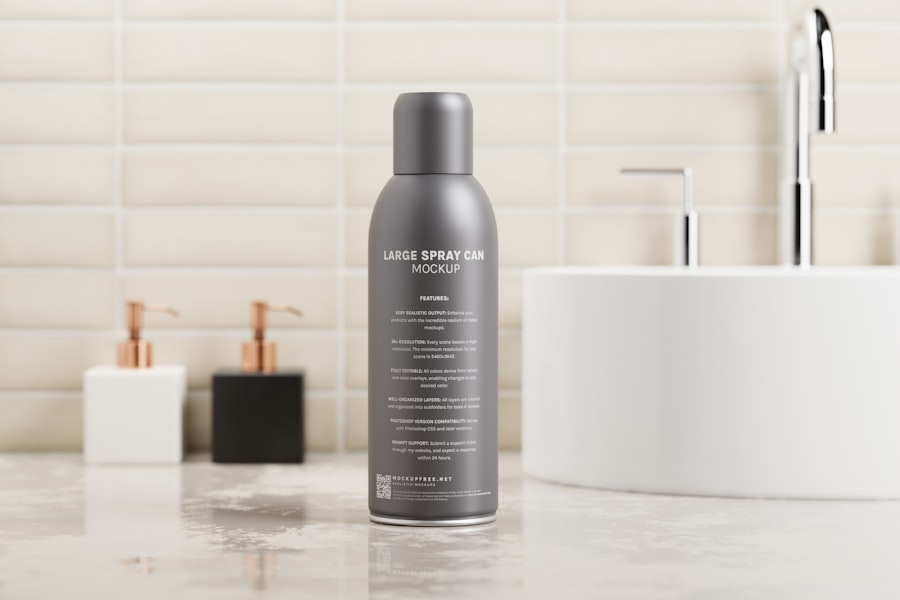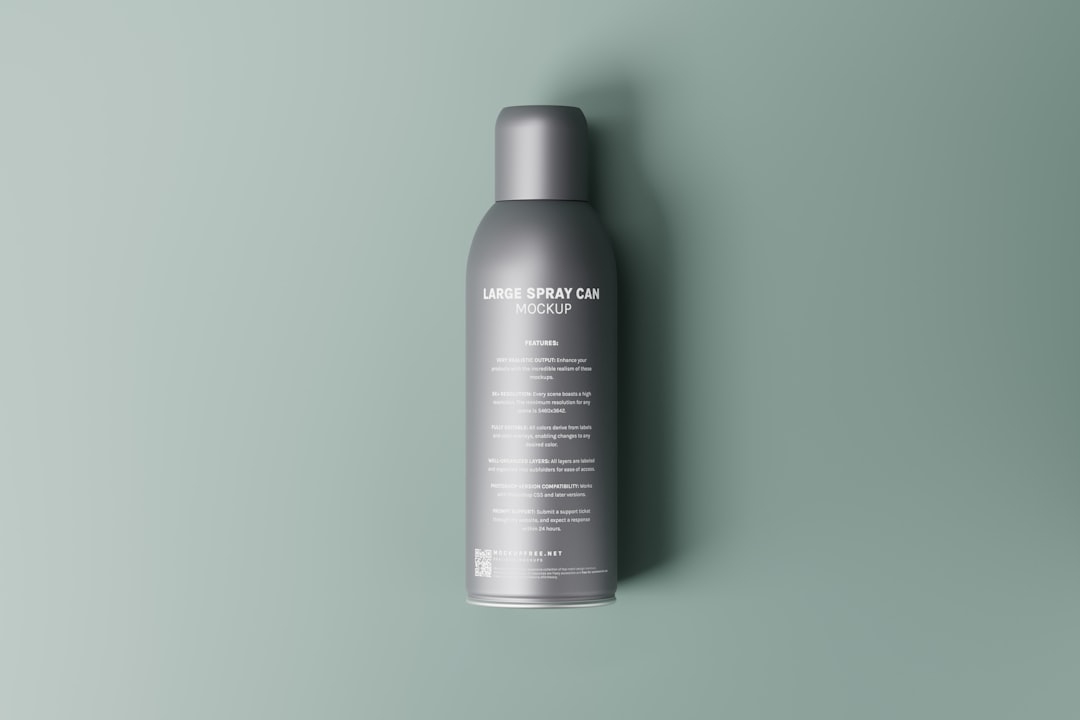Regular lubrication is a critical aspect of maintaining the functionality and longevity of slide-outs in recreational vehicles (RVs) and trailers. Slide-outs, which are extensions that provide additional living space, rely on a series of mechanical components to operate smoothly. Over time, these components can experience wear and tear due to friction, dirt accumulation, and environmental factors.
Without proper lubrication, the mechanisms can become stiff, leading to operational difficulties and potential damage. Regularly applying lubricant helps to minimize friction, ensuring that the slide-out extends and retracts smoothly, thereby enhancing the overall user experience. Moreover, regular lubrication can prevent costly repairs down the line.
When slide-out mechanisms are not adequately maintained, they can suffer from premature failure, which may necessitate expensive repairs or even complete replacements. By incorporating a routine lubrication schedule into RV maintenance practices, owners can significantly extend the lifespan of their slide-out systems. This proactive approach not only saves money but also ensures that the RV remains in optimal condition for years to come.
Additionally, a well-maintained slide-out contributes to the overall safety and comfort of the vehicle, making it essential for any RV enthusiast.
Key Takeaways
- Regular lubrication is important for maintaining the functionality and longevity of slide outs in RVs and campers.
- Types of lubricants for slide outs include silicone spray, dry lube, and grease, each with their own advantages and applications.
- A step-by-step guide for lubricating slide outs includes cleaning the slide out, applying the lubricant, and testing the functionality.
- Common issues with slide outs include sticking, squeaking, and uneven movement, which can be prevented with proper lubrication.
- Proper lubrication of slide outs provides benefits such as smoother operation, reduced wear and tear, and extended lifespan of the slide out mechanism.
Types of Lubricants for Slide Outs
When it comes to lubricating slide-outs, selecting the right type of lubricant is crucial for achieving optimal performance. There are several types of lubricants available, each designed for specific applications and conditions. One of the most common types is silicone-based lubricant, which is favored for its ability to repel moisture and resist dirt accumulation.
Silicone lubricants create a protective barrier that helps to keep the moving parts of the slide-out functioning smoothly, making them ideal for outdoor use where exposure to the elements is a concern. Another popular option is lithium grease, which is known for its high viscosity and excellent adhesion properties. Lithium grease is particularly effective in high-load applications, making it suitable for the heavy-duty components found in slide-out mechanisms.
It provides long-lasting lubrication and can withstand extreme temperatures, ensuring that the slide-out operates efficiently regardless of weather conditions. Additionally, some RV owners may opt for dry lubricants, which leave a minimal residue and are less likely to attract dirt and grime. These lubricants are particularly useful in environments where dust and debris are prevalent.
Step-by-Step Guide for Lubricating Slide Outs

Lubricating slide-outs is a straightforward process that can be accomplished with a few essential steps. First, it is important to gather all necessary tools and supplies before beginning the lubrication process. This includes the chosen lubricant, a clean cloth or rag for wiping down surfaces, and any tools required to access the slide-out mechanisms.
Once everything is prepared, the next step is to extend the slide-out fully to gain access to all moving parts. After extending the slide-out, inspect all visible components for signs of wear or damage. Pay close attention to the tracks, rollers, and any pivot points where movement occurs.
Use a clean cloth to wipe away any dirt or debris that may have accumulated on these surfaces. Once cleaned, apply the lubricant generously to all moving parts, ensuring that it penetrates into crevices and joints where friction occurs. It is advisable to use a small brush or applicator for hard-to-reach areas.
After applying the lubricant, retract the slide-out several times to distribute the lubricant evenly across all components.
Common Issues with Slide Outs
| Common Issues with Slide Outs | Frequency | Potential Causes |
|---|---|---|
| Slide out not extending/retracting | High | Low battery, faulty wiring, motor issues |
| Leakage during rain | Medium | Sealant deterioration, damaged seals |
| Uneven extension/retraction | Medium | Alignment issues, damaged tracks |
| Noisy operation | Low | Lubrication issues, worn out components |
Despite regular maintenance, slide-outs can encounter various issues that may hinder their performance. One common problem is misalignment, which can occur due to improper installation or wear over time. Misaligned slide-outs may not extend or retract smoothly, leading to potential damage to both the slide-out and the RV structure itself.
In some cases, misalignment can cause gaps that allow water intrusion, leading to further complications such as mold growth or structural damage. Another frequent issue is electrical failure in powered slide-outs. These systems rely on electrical motors to operate, and any malfunction in the wiring or motor can prevent the slide-out from functioning correctly.
Symptoms of electrical failure may include unusual noises during operation or complete inoperability. Additionally, hydraulic systems used in some larger RVs can develop leaks or pressure issues that affect slide-out performance. Identifying these problems early through regular inspections can help mitigate more significant issues down the road.
Benefits of Proper Lubrication
Proper lubrication of slide-outs offers numerous benefits that enhance both functionality and longevity. One of the primary advantages is improved operational efficiency. When all moving parts are adequately lubricated, they can move freely without resistance, resulting in smoother operation during extension and retraction.
This not only makes it easier for users to operate the slide-out but also reduces wear on mechanical components, ultimately prolonging their lifespan. Furthermore, regular lubrication contributes to enhanced safety while using the RV. A well-maintained slide-out is less likely to malfunction unexpectedly, reducing the risk of accidents or injuries associated with stuck or jammed mechanisms.
Additionally, proper lubrication helps prevent rust and corrosion on metal components exposed to moisture and environmental elements. This protective measure ensures that the slide-out remains in good working condition even when subjected to harsh weather conditions.
Tools and Supplies Needed for Lubricating Slide Outs

To effectively lubricate slide-outs, having the right tools and supplies on hand is essential. The primary item needed is a suitable lubricant; as previously mentioned, silicone-based lubricants or lithium grease are popular choices among RV owners. A clean cloth or rag is also necessary for wiping down surfaces before applying lubricant and for cleaning up any excess after application.
In addition to these basic supplies, having a small brush or applicator can be beneficial for reaching tight spaces within the slide-out mechanism. A socket set or wrench may be required if any bolts or screws need tightening during maintenance checks. A flashlight can also be helpful for inspecting dark areas where components may be hidden from view.
By gathering these tools beforehand, RV owners can streamline the lubrication process and ensure thorough maintenance of their slide-outs.
Tips for Maintaining Slide Outs
Maintaining slide-outs goes beyond just lubrication; it involves a comprehensive approach that includes regular inspections and cleaning. One effective tip is to establish a routine maintenance schedule that aligns with other RV upkeep tasks. For instance, checking slide-outs during seasonal preparations or before embarking on long trips can help catch potential issues early on.
Another important aspect of maintenance is keeping tracks and seals clean from debris and dirt buildup. Regularly inspecting these areas ensures that they remain free from obstructions that could impede movement. Additionally, applying a protective sealant to rubber seals can help prevent cracking and deterioration over time.
It’s also advisable to avoid overloading slide-outs with excessive weight, as this can strain mechanical components and lead to premature wear.
Professional Maintenance Options
While many RV owners prefer to handle slide-out maintenance themselves, there are instances where professional assistance may be warranted. For those who lack experience or confidence in performing maintenance tasks, hiring a professional technician can provide peace of mind. Certified RV service centers have trained personnel who understand the intricacies of slide-out systems and can perform thorough inspections and repairs as needed.
Professional maintenance services often include comprehensive checks of both mechanical and electrical components associated with slide-outs. Technicians can identify underlying issues that may not be apparent during routine inspections by untrained individuals. Furthermore, they have access to specialized tools and equipment that can facilitate more complex repairs or adjustments.
For RV owners who frequently use their vehicles or rely heavily on their slide-outs for comfort during travel, investing in professional maintenance can be a wise decision that ensures reliability and safety on the road.
FAQs
What is a slide out on a travel trailer?
A slide out on a travel trailer is a movable section of the trailer that can be extended outwards to create additional living space inside the trailer when parked.
Why is it important to lubricate a slide out on a travel trailer?
Lubricating the slide out on a travel trailer is important to ensure smooth and easy operation of the slide out mechanism. It helps prevent wear and tear on the moving parts and reduces the risk of the slide out getting stuck or malfunctioning.
How often should the slide out on a travel trailer be lubricated?
It is recommended to lubricate the slide out on a travel trailer at least once a year, or more frequently if the trailer is used frequently or exposed to harsh environmental conditions.
What type of lubricant should be used to lubricate the slide out on a travel trailer?
A silicone-based lubricant or a dry lubricant is recommended for lubricating the slide out on a travel trailer. These types of lubricants are less likely to attract dirt and debris, which can cause the slide out mechanism to become sticky or difficult to operate.
How do you lubricate the slide out on a travel trailer?
To lubricate the slide out on a travel trailer, first, clean the slide out mechanism to remove any dirt or debris. Then, apply the lubricant to the moving parts of the slide out mechanism, such as the tracks, rollers, and gears. Follow the manufacturer’s instructions for the specific type of lubricant being used.
